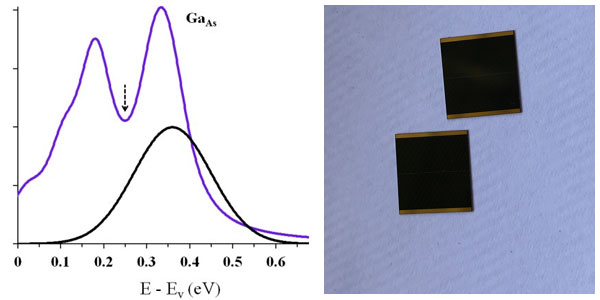No , the Gallium arsenide is a compound and arsenic gallium alloy is a mixture.
GaAs gallium arsenide is a compound of ⅲ - ⅴ elements. It is a black gray solid with a melting point of 1238 ℃. It can exist stably in the air below 600 ℃ and is not eroded by non oxidizing acid. Gallium arsenide can be used as semiconductor material. It has high electron mobility, small dielectric constant, can introduce deep-level impurities, small electron effective mass and special energy band structure. It can be used as epitaxial wafer.

Compound semiconductor materials gallium arsenide (GaAs) and indium phosphide (INP) are the basic materials of microelectronics and optoelectronics. Gallium arsenide is the most important and widely used semiconductor material in compound semiconductors. It is also the most mature compound semiconductor material with the largest production at present. Because GaAs has high electron mobility (5 ~ 6 times that of silicon), large band gap (it is 1.43ev, Si is 1.1eV) and direct band gap, it is easy to make semi insulating materials, low intrinsic carrier concentration and good photoelectric properties. The device made of GaAs has good frequency response, fast speed and high working temperature, which can meet the needs of integrated optoelectronics. It is not only the most important optoelectronic material, but also the most important microelectronic material after silicon material. It is suitable for manufacturing high-frequency and high-speed devices and circuits.
Gallium arsenide has higher electron mobility and saturation mobility, and has unique semi insulation. Moreover, gallium arsenide material also has the characteristics of heat resistance, radiation resistance and sensitivity to magnetic field, which makes gallium arsenide material have special uses and diversity. Its application has been extended to the fields that silicon and germanium devices can not achieve. Although gallium arsenide is difficult to prepare, its application prospect is still bright. It is widely used in optoelectronics, microelectronics, solar cells and so on.